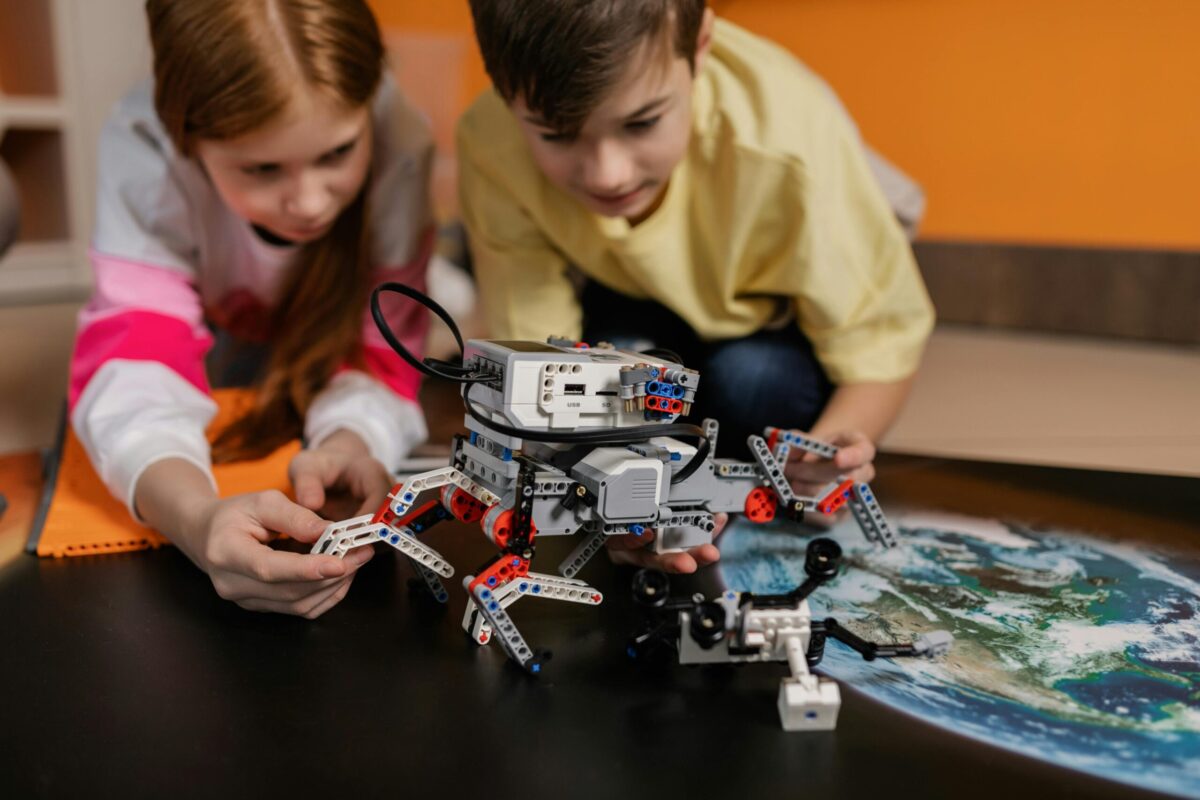Project-based learning (PBL) is a teaching approach that engages students in authentic and meaningful projects that address real-world problems or questions. PBL is not a traditional school project that is done at the end of a unit, but rather a student-centered and inquiry-based process that drives the learning throughout the unit. PBL can be implemented in any subject area and at any grade level in K-12 education. It can also be aligned with various standards, goals, and outcomes. In this article, we will explore the key features, benefits, challenges, and strategies of project-based learning, and how it can transform teaching and learning in K-12 schools.
What are the Features of Project-Based Learning?
Project-based learning has several essential features that distinguish it from other forms of instruction. According to PBLWorks, a leading organization that provides resources and training for PBL, a high-quality PBL project should:
- Focus on a challenging problem or question that is relevant and meaningful to students and the world.
- Involve sustained inquiry that requires students to ask questions, find and evaluate information, and apply their learning to the problem or question.
- Provide student voice and choice that allows students to make decisions about their project, such as the topic, the question, the resources, the products, and the presentation.
- Incorporate reflection that helps students monitor their progress, identify their strengths and weaknesses, and improve their learning and products.
- Include critique and revision that enables students to receive and give feedback, and to refine their work based on the feedback.
- Result in a public product that showcases students’ learning and solutions to a real audience beyond the classroom.
What are the Benefits of Project-Based Learning?
Project-based learning can offer many benefits for students, teachers, and schools. Some of the benefits are:
- For students: Project-based learning can help students develop 21st century skills, such as critical thinking, creativity, collaboration, communication, and digital literacy. It can also increase students’ engagement, motivation, and ownership of their learning by allowing them to pursue their interests, passions, and questions. Furthermore, it can enhance students’ understanding and retention of the content by providing them with authentic and meaningful learning experiences.
- For teachers: Project-based learning can help teachers create more student-centered and differentiated instruction that meets the diverse needs, abilities, and interests of their students. It can also provide teachers with more opportunities to observe, assess, and support their students’ learning process and progress. Moreover, it can foster teachers’ professional growth and collaboration by encouraging them to reflect on their practice, share their expertise, and learn from others.
- For schools: Project-based learning can help schools create a culture of inquiry and innovation that values and promotes curiosity, creativity, and critical thinking. It can also help schools establish partnerships and connections with the community and the world by involving parents, experts, organizations, and other stakeholders in the learning process. Additionally, it can help schools achieve their vision and mission by aligning their curriculum, instruction, and assessment with the standards and expectations of the 21st century.
What are the Challenges and Strategies for Project-Based Learning?
Project-based learning can also pose some challenges for teachers and students, such as:
- Time: Project-based learning can be time-consuming and difficult to fit into the curriculum and the schedule. Teachers may need to adjust their pacing, sequencing, and coverage of the content to accommodate students’ projects. Students may also need more time to plan, research, and create their products.
- Resources: Project-based learning can require access to various resources and technologies that may not be available or affordable for all teachers and students. Teachers may need to find, evaluate, and organize the resources that are relevant and appropriate for their students’ projects. Students may also need guidance and support in using the resources and technologies effectively and ethically.
- Assessment: Project-based learning can challenge the traditional methods and criteria of assessment that are based on standardized tests and grades. Teachers may need to develop and use alternative forms and tools of assessment that are more aligned with the project process and the learning outcomes. Students may also need feedback and evaluation that are more formative and constructive than summative and judgmental.
To overcome these challenges, teachers and students can use some of the following strategies:
- Plan ahead: Teachers can plan their project units and lessons in advance, taking into account the curriculum goals, the students’ needs and interests, and the available resources and time. Teachers can also collaborate with their colleagues, administrators, and other experts to share ideas, resources, and feedback. Students can also plan their project projects and products in advance, setting clear and realistic goals, questions, and timelines.
- Scaffold and differentiate: Teachers can scaffold and differentiate their instruction and assessment to support and challenge their students at different levels of readiness and ability. Teachers can also provide students with choice and voice in their project, allowing them to select their topics, questions, resources, and products. Students can also scaffold and differentiate their own learning by using various strategies and tools, such as graphic organizers, checklists, rubrics, or peer feedback.
- Reflect and celebrate: Teachers can reflect and celebrate their project journey and outcomes with their students, peers, and community. Teachers can also encourage and facilitate students’ reflection and celebration of their project journey and outcomes. Reflection and celebration can help teachers and students appreciate their learning, identify their strengths and weaknesses, and plan for future improvement and action.
Conclusion
Project-based learning is a powerful and effective approach for K-12 education that can help students and teachers achieve their learning goals and potentials. By implementing project-based learning, teachers can create more engaging, meaningful, and personalized learning experiences for their students. Students can also develop more essential skills and competencies for the 21st century, as well as a deeper and broader understanding of the world. Project-based learning is not a simple or easy approach, but rather a complex and challenging one that requires planning, scaffolding, assessment, and reflection. However, the benefits and rewards of project-based learning are worth the effort and the challenge. Project-based learning can transform teaching and learning, and make a positive difference in education and society.







